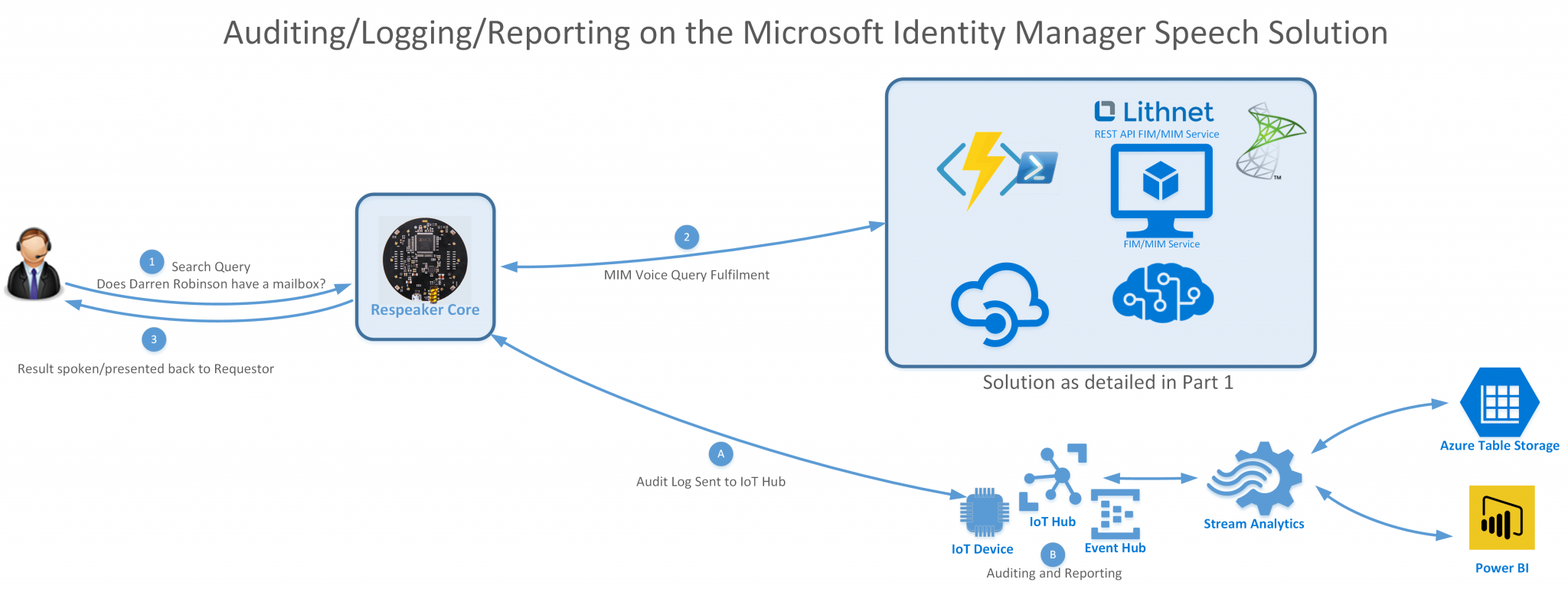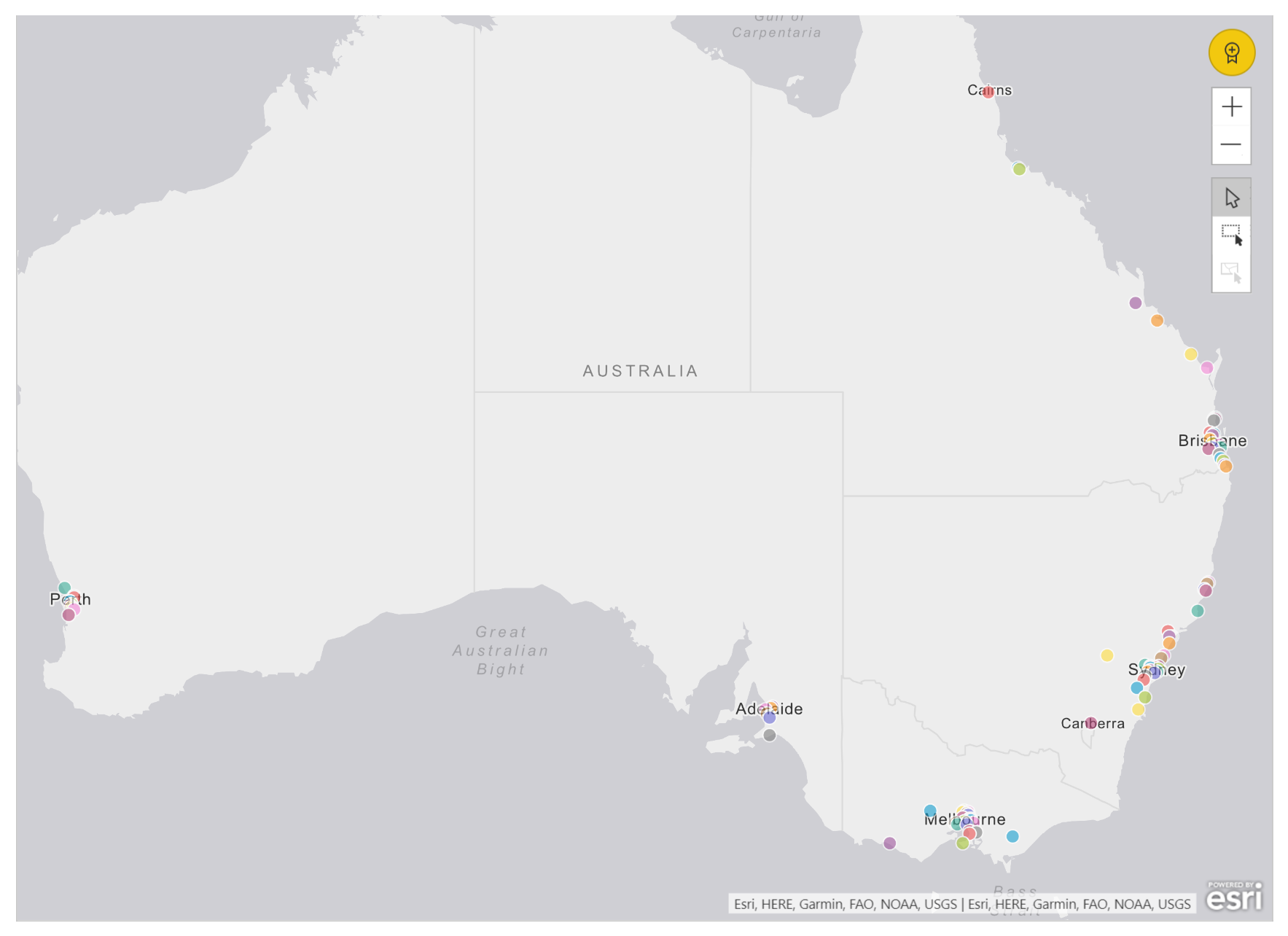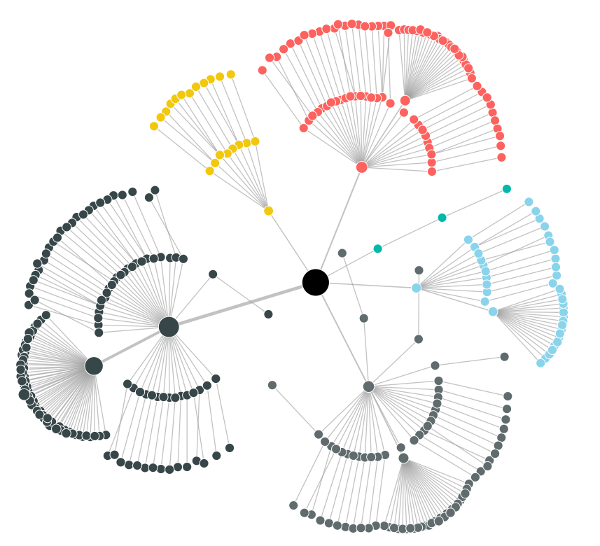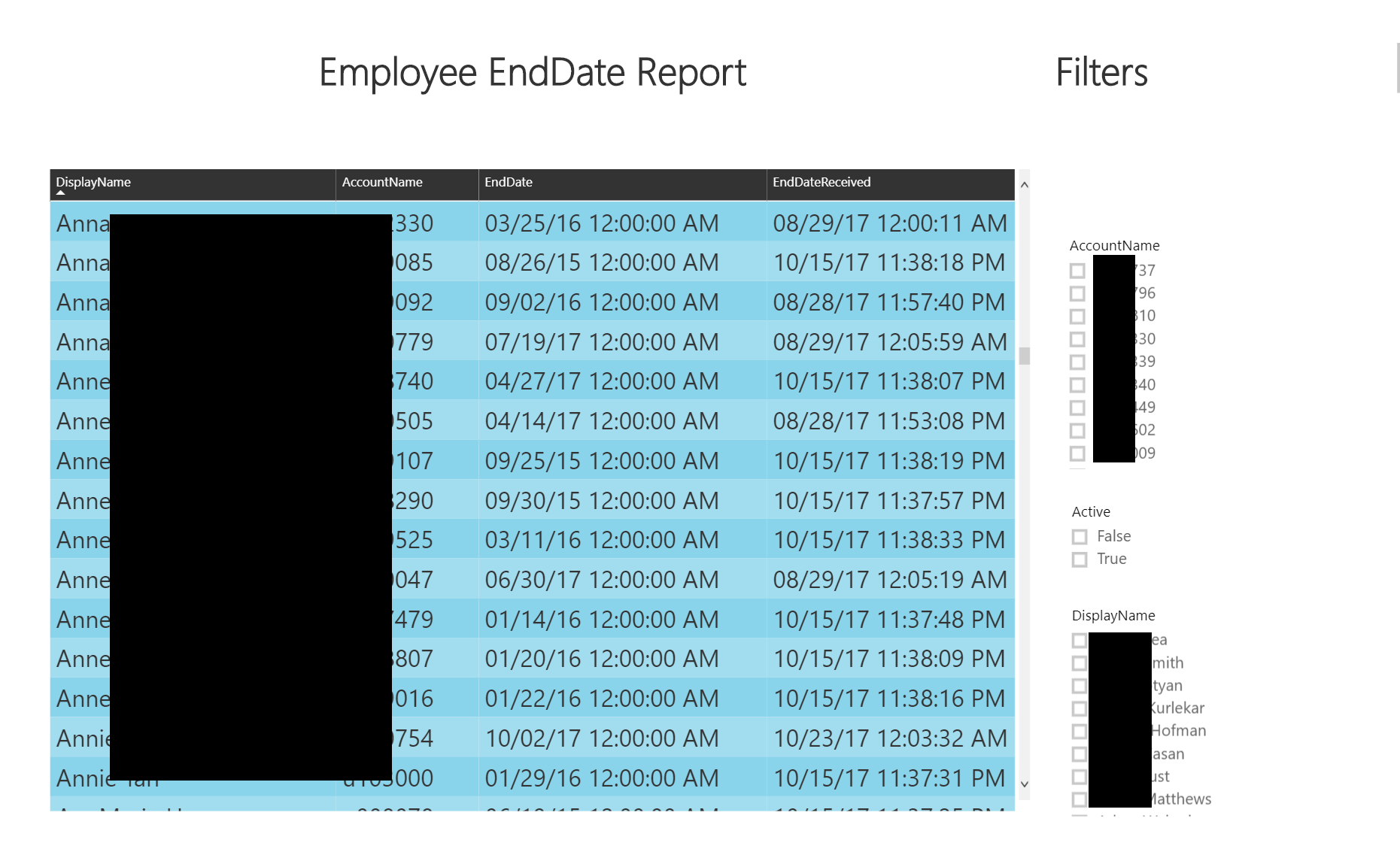Microsoft Azure Consumption Insights with Power BI
In a recent engagement I was tasked to assess the Azure consumption for a customer, they have been exceeding their forecasted budget for last several months. In a short timeframe I had to make sense out of the recon files provided via the Azure Enterprise Portal and present that in a decision-making format that is business understandable and easy to consume. To understand and optimise the cost, it is important to identify and understand where the cost originated, i.e.… [Keep reading] “Microsoft Azure Consumption Insights with Power BI”





